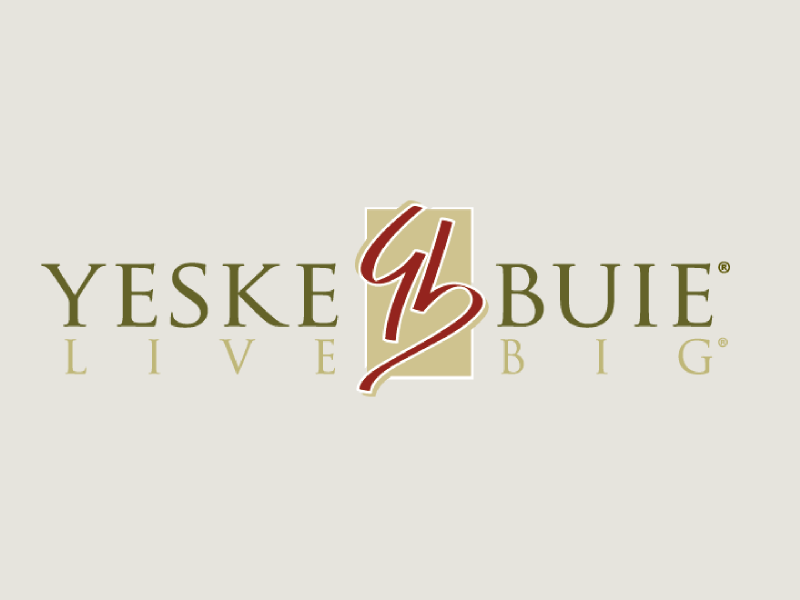Enron debacle another lesson in diversification

Daniel S. Levine
Some people are the shy and retiring type. I think of myself as the shy of retiring type.
The phrase “New York Minute” aptly describes how quickly I would stop working if I won a lottery, was remembered fondly in the will of an obscenely wealthy relative or found a sack of money that fell off a Brink’s truck.
What keeps me going, though, is the fact that my 401(k) is several zeroes shy of me retiring.
One reason retirement has been on my mind lately — more so than my usual fantasies of Tahitian women catering to my every whim as I swing in a shoreline hammock — is the Enron meltdown. The collapse of the energy giant is laced with tragic tales of Enron employees who watched their 401(k)s that were chock full of the company’s stock gutted like a Thanksgiving turkey.
Even when I’d read stories about Home Depot workers who became millionaires from loading up on the company’s stock, I would think it was incredibly stupid for someone to fill their retirement fund with their company’s stock. That’s for the simple reason that if you depend on a company for a job and income, that’s enough financial exposure to a single company.
I decided to ask the very sensible-sounding David Yeske about retirement planning and what people should think about, particularly in the wake of the Enron debacle. Yeske, a certified financial planner and president of the San Francisco-based investment advisory firm Yeske & Co., is the president-elect of the Financial Planning Association. Enron, he said, is one more lesson to people.
“It’s a lesson that people are being offered again and again and again. It’s a question of how many times you can get slapped. The lesson is you absolutely, positively, have to be broadly and appropriately diversified,” he said. “The Enron situation is probably borderline criminal, but at the very least the way in which employees were forced to hold concentrated positions in company stock left them exposed to way too much undiversified risk.”
Yeske’s advice to people with 401(k) plans is to take full advantage of the opportunity they afford.
“If you are not maxing your contribution, that is the first thing you should to do because that is the biggest bang for your buck,” he said. “I would do the absolute max because there is really not anything else where the average individual can make a pre-tax or a tax deductible contribution and have it grow tax deferred.”
Next, he said, diversification is key. That requires the discipline to spread your investments across different asset classes regardless of the recent performance of those classes.
“If you only invest in what recently has been doing well, then you are not diversified because those things all look pretty similar usually,” Yeske said. “You have to have the discipline to allocate some of your money to something that recently has not been doing so well with the expectation that in the future it may have off-setting returns.”
Last, he said, people need to be more aggressive in allocating assets between stocks and bonds than they have traditionally been told to be.
The old rule of thumb is to deduct your age from 100 and put that percentage into stocks. The idea is that a 60-year-old worker, close to retirement, should hold 40 percent stocks and 60 percent bonds.
Yeske thinks this is ludicrous and for good reason. His thinking is you shouldn’t invest with your retirement date in mind, but instead with your life expectancy in mind.
Someone who is 60 today has a life expectancy of about 84, he said. Half will live longer, half won’t. What that means is that someone retiring today could be looking at 20 to 30 years of retirement. With a modest inflation rate of 3 percent, that means in about 22 years the cost of living will double and retirees should have a portfolio that’s aggressive enough to keep pace.
“If you are going into retirement with 65 to 70 percent of your assets in bonds, I guarantee it’s not going to support a doubling of your income over the next 20 years,” said Yeske. “That’s a guarantee of a shrinking lifestyle going into retirement, and that’s a pretty depressing way to enter retirement.”
Yeske is a big believer in using exchange-traded funds, asset-class funds and index funds as the best way to invest. He thinks the market is reasonably efficient, which means that stocks are generally fairly valued based on available information and that makes stockpicking a futile endeavor.
Though he uses a number of different instruments including some institutional funds, he is a big booster of Vanguard Funds.
“I’m a huge fan of Vanguard funds,” he said. “As mutual funds go, nobody controls costs like Vanguard.”
Vanguard keeps its expenses low — about .17 percent vs. the average retail equity fund of about 1.6 percent, according to Yeske.
An extra 1.4 percent creates a pretty significant drag over 10 years.
“With a healthy offering of index funds, you can build a well-diversified portfolio that involves U.S. large cap stocks, U.S. small cap stocks, foreign large and small cap stocks and you can do so without depending on active fund managers,” he said.
I have contemplated the unfortunate possibility that when the time comes, I may not have enough money squirrelled away to support myself in the lifestyle to which I am accustomed, and I think I’ve got it worked out. My advice to anyone near retirement with too little savings to support them for another 20 to 30 years is to begin smoking heavily.
